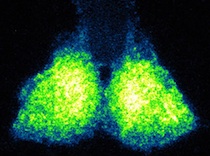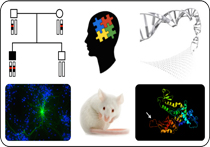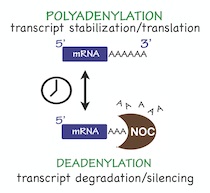Faculty & Research
Faculty with Primary Appointments in Neuroscience
Joseph Takahashi, Ph.D.
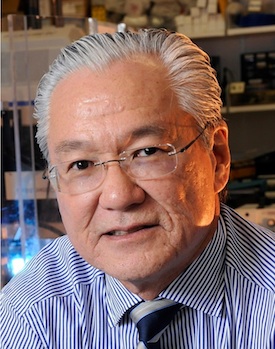
The long-term goals of the Takahashi Laboratory are to understand the molecular and genetic basis of circadian rhythms in mammals and to use forward genetic approaches in the mouse as a tool for gene discovery for complex behavior.
Maria Chahrour, Ph.D.
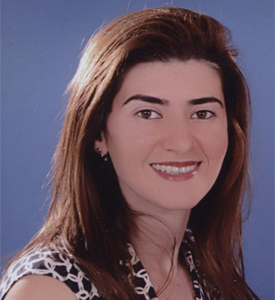
The Chahrour Lab studies the molecular mechanisms underlying autism spectrum disorders (ASDs) by using a combination of human genetics, genomics, and animal modeling. They are identifying novel genes mutated in disease by next generation sequencing in families affected with ASDs, and are investigating the role of these genes in neuronal function using mouse models.
Carla Green, Ph.D.
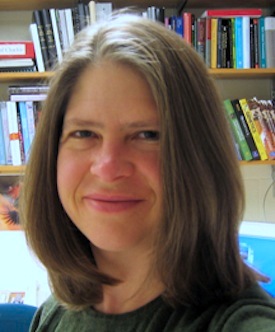
The Green Laboratory studies the molecular mechanisms by which the circadian clock controls rhythmic processes within the cell, with a particular focus on post-transcriptional regulatory mechanisms.
Jay Gibson, Ph.D.

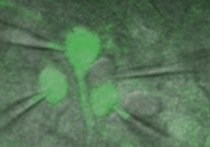
Researchers in the Gibson Laboratory use electrophysiological methods to study neocortical circuit development and plasticity. Group members focus on how circuits are altered in the mouse model of fragile X Syndrome.
Mark Henkemeyer, Ph.D.
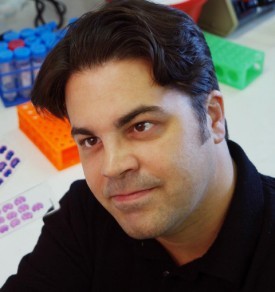
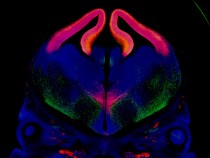
The Henkemeyer Laboratory is focused on understanding cell-cell signaling mechanisms that help wire the brain and build neural circuits during development. Their research centers on a group of highly conserved membrane tethered ligand-receptor molecules, known as Ephrin and Eph, which transduce bidirectional cell-cell signals that can affect neuron migration, axon pathfinding, and synapse formation and plasticity.
Kim Huber, Ph.D.
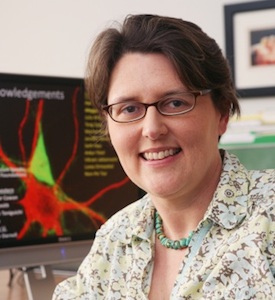
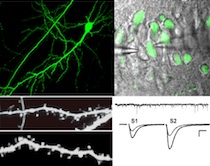
The Huber Laboratory studies mechanisms of synaptic plasticity that occur during development and in the adult. We focus on the role of local translation in synaptic plasticity, and how genes linked with human mental disorders affect these processes. We use a combination of electrophysiology, imaging and biochemistry.
Jane Johnson, Ph.D.
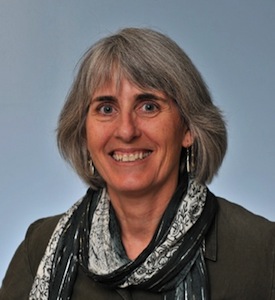
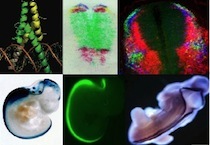
The Johnson Lab focuses on the function of neural bHLH transcription factors to probe molecular mechanisms that control the balance of neural progenitor cell maintenance and differentiation, and the generation of neuronal diversity, particularly in the spinal cord. Her group also uses those factors to study the generation of neural cancers such as glioblastoma and neuroendocrine lung carcinoma.
Gena Konopka, Ph.D.
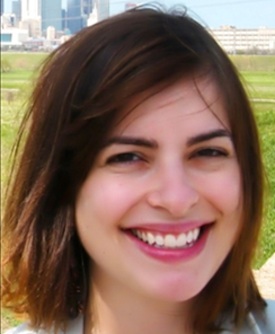
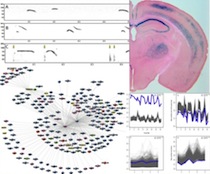
The Konopka Laboratory uses a combination of functional genomics, animal and human cellular modeling, and evolutionary comparisons. Her group's goal is to identify genes and molecular pathways that enhance cognitive function in the human brain, and whose dysfunction may play a role in disorders such as autism and schizophrenia.
Helmut Krämer, Ph.D.
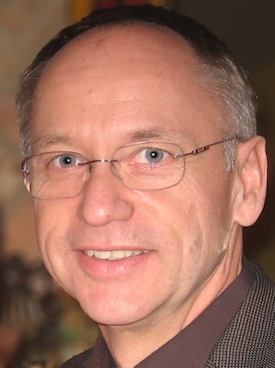
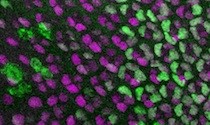
The Krämer Laboratory uses Drosophila genetics to study the pathways that regulate the delivery of cargo from endosomes, phagosomes, and autophagosomes to lysosomes. His group also seeks to understand the role of glia cells in visual neurotransmission.
Helen Lai, Ph.D.
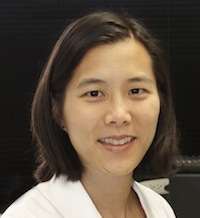
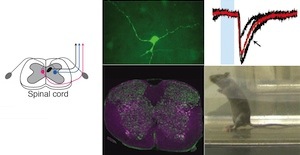
The Lai Lab studies the molecular and circuit mechanisms that generate pain, thermosensation, touch, and proprioception (the sense of limb and body position). In particular, we are investigating how proprioceptive information is differentially processed in the spinal cord and how that impacts proper motor function in mice. We use a variety of genetic, electrophysiology, and viral tracing techniques, as well as behavioral assays.
Weichun Lin, Ph.D.


The Lin Laboratory uses the vertebrate neuromuscular junction as a model to study synaptic biology. Our current research focuses on determining (1) how signals from the muscle regulate the differentiation of the motor nerve terminals, and (2) the contribution of myogenic activity to the maintenance of the synapses. Our techniques include mouse genetics, electrophysiology, electron microscopy, biochemistry, and molecular biology.
Allan-Hermann Pool, Ph.D.
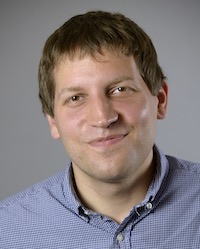

The Pool Lab studies neural circuits that provide a sense of purpose and direction to animal behavior and develops targeted gene therapies to re-engineer their function. Current work in the Pool Lab focuses on one of these drive systems aiming to flesh out central circuits that mediate pain and pain relief states as well as develop viral and non-viral approaches to make these circuit nodes therapeutically addressable.
Brad Pfeiffer, Ph.D.

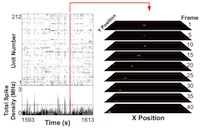
The Pfeiffer lab studies the consolidation and recall of memory via large-scale, high-density in vivo recordings of neural activity during free behavior in rodents, focusing on spatial navigation as a specific example of more general memory formation and use.
Todd Roberts, Ph.D.
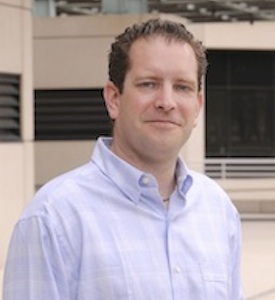

The Roberts Lab studies the circuit and cellular mechanisms for vocal learning, how the brain encodes long-term memories during social interactions and uses auditory feedback to shape vocal behaviors. We are identifying the neural circuit mechanisms engaged as juvenile songbirds learn to imitate their father's song using two-photon imaging, optogenetics, and electrophysiological approaches.
Hume Stroud, Ph.D.
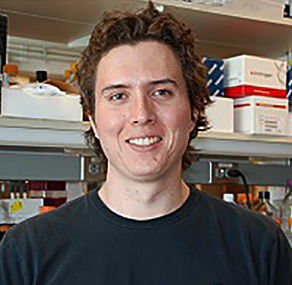
The Stroud lab investigates epigenetic regulation in nervous system heath and disease. We are particularly interested in understanding how disruption of these mechanisms lead to neurological disorders.
Ruhma Syeda, Ph.D.
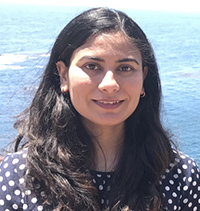

The Syeda Lab is focused on studying mammalian mechanosensory and osmosensory proteins in health and diseased state. The lab’s toolkit includes combination of techniques used to study function of ion channels in cells and in minimal model systems including protein design, single molecule analysis, electrophysiology, ion channel expression, purification, and reconstitution in droplet lipid bilayers.
Jonathan Terman, Ph.D.
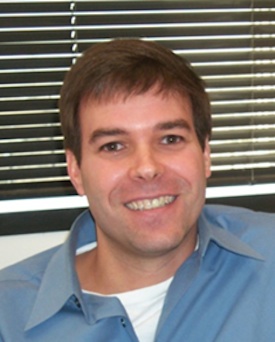

The Terman Lab explores the cellular, molecular, and biochemical mechanisms underlying cellular process formation, extension, and navigation. We are particularly interested in how axons, the cellular processes of neurons, find their targets and can be encouraged to regrow following injury or disease.
Supraja Varadarajan, Ph.D.

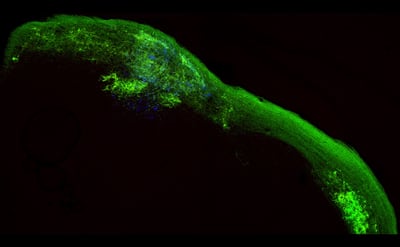
The Varadarajan lab studies the mechanisms underlying activity-induced neural repair. We are particularly interested in understanding the molecular and circuit mechanisms that promote axon regeneration, with the goal of rebuilding visual circuits and restoring vision.
Lenora Volk, Ph.D.
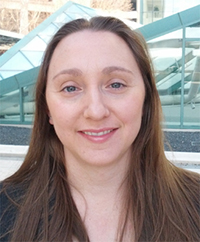
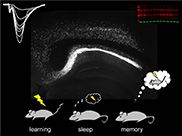
The Volk lab studies the molecular and synaptic mechanisms of memory persistence. They use biochemistry and electrophysiology in combination with animal behavior to understand how memory encoding and use changes across development as well as how sleep facilitates memory persistence.
Wei Xu, Ph.D.
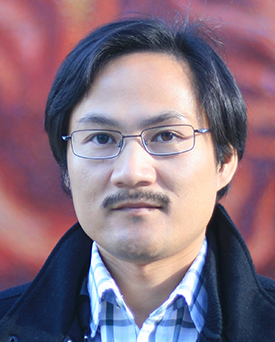

The Xu Lab aims to delineate brain circuits mediating basic cognitive processes including memory and executive control as well as elucidate neuronal principles operating in these circuits.
Shin Yamazaki, Ph.D.
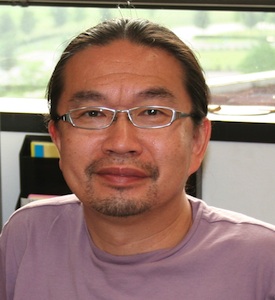
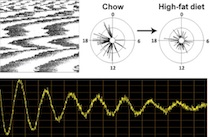
The Yamazaki Laboratory studies circadian pacemaker structures that control feeding and locomotor activity rhythms as well as in vivo and environmental factors that influence circadian organization.
Gang Yu, Ph.D.
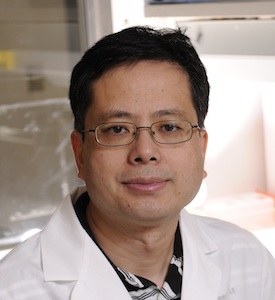
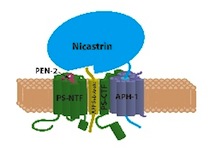
The Yu Laboratory studies the molecular and cellular basis of Alzheimer’s and related diseases. We use biophysics, biochemistry, and cell biology to understand the inner workings of the gamma-secretase complex.

